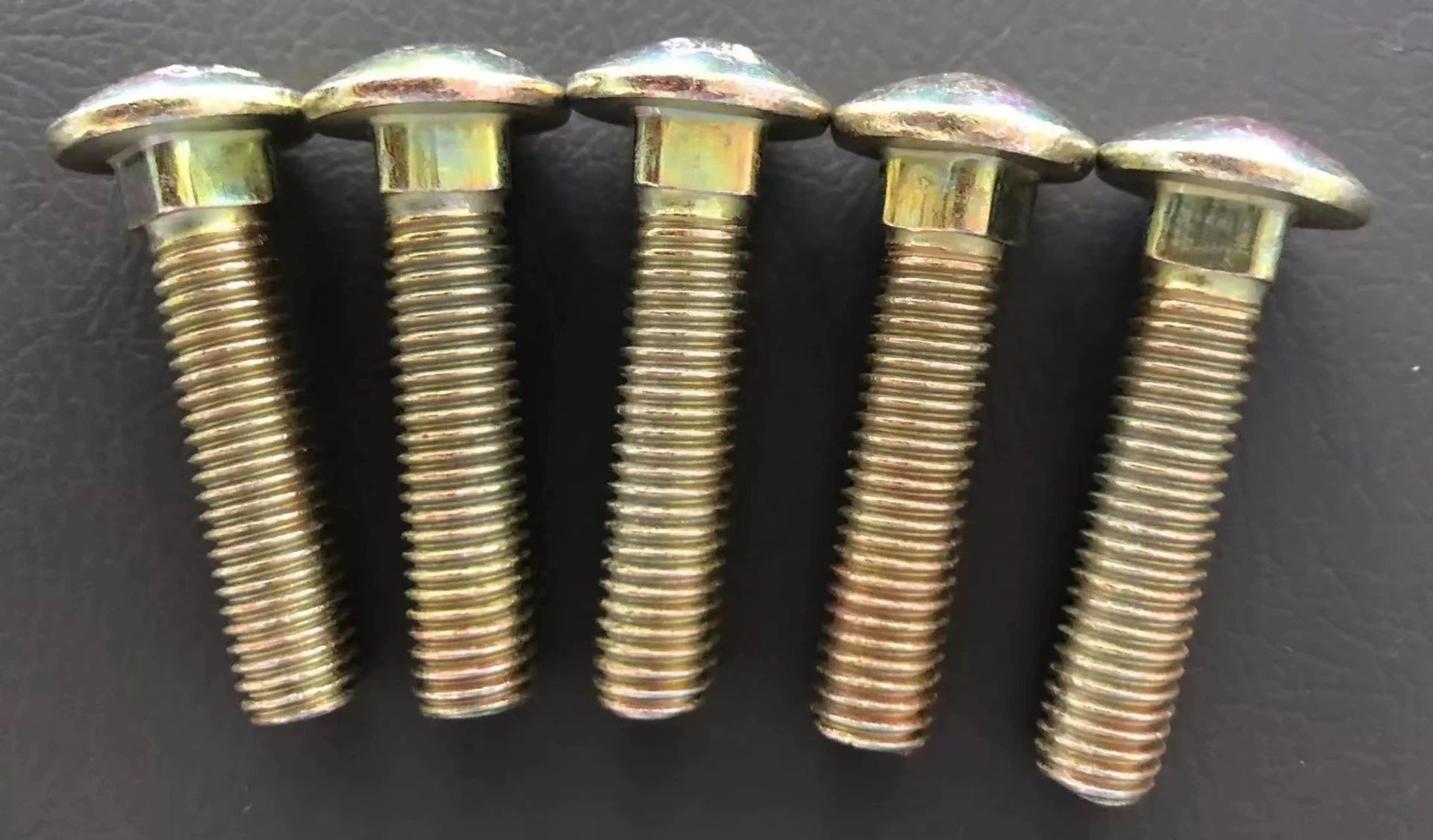

Stud Bolt Specifications and Applications for Industrial Use and Mechanical Engineering
नवम्बर . 01, 2024 05:35 Back to list
Stud Bolt Specifications and Applications for Industrial Use and Mechanical Engineering
Understanding Stud Bolts A Comprehensive Overview
In the realm of mechanical engineering and construction, fasteners play a crucial role in ensuring the structural integrity and safety of various assemblies. Among the myriad of fasteners available, stud bolts occupy a unique and vital position. This article delves into the intricacies of stud bolts, particularly focusing on a specific designation stud bolt 1 1/8.
What are Stud Bolts?
Stud bolts are long, threaded rods without a head, used to connect two or more components together, typically in high-strength applications. They are commonly utilized in bolted joints where a high level of tension is required. Unlike traditional bolts that feature a head, stud bolts provide a more versatile solution, allowing for greater flexibility and effectiveness in various engineering applications.
Key Characteristics
The designation 1 1/8 signifies the diameter of the stud bolt, which is essential when selecting the appropriate fastener for a particular application. The size plays a crucial role in determining the load-bearing capacity of the bolt, with larger diameters typically facilitating higher loads. Stud bolts can be made from different materials, including carbon steel, stainless steel, and alloy steel, each offering unique mechanical properties suited for specific environments.
Generally, stud bolts are threaded on both ends, allowing for easy installation and removal using nuts. This design is particularly advantageous in situations where space is limited, and it is challenging to maneuver conventional bolts.
stud bolt 1 1 8

Applications of Stud Bolts
Stud bolts are predominantly found in industries that require robust and reliable fastening solutions. They are extensively used in the oil and gas sector, particularly in flanged connections, pipelines, and pressure vessels, where the integrity of joints is paramount. Additionally, stud bolts are essential in construction, especially for steel structures and heavy machinery.
In civil engineering, stud bolts are employed in reinforcing structures, ensuring they can withstand high stresses and external forces. The automotive industry also utilizes stud bolts in engine components, where high tensile strength is necessary to maintain performance and safety.
Installation and Maintenance
While the installation of stud bolts may seem straightforward, it requires thorough understanding and proper technique to ensure effectiveness. It is essential to utilize torque wrenches to apply the correct tension, preventing issues like bolt fatigue or failure. Additionally, regular inspections should be conducted to identify signs of wear or corrosion, particularly in environments exposed to harsh conditions.
Conclusion
Stud bolts, such as the 1 1/8” variety, are indispensable components in various engineering and construction applications. Their unique design and versatility provide a reliable means of fastening that meets the demands of high-stress environments. Understanding their properties, applications, and maintenance considerations is critical for engineers and construction professionals to ensure safety and structural integrity in their projects. Whether in oil fields, construction sites, or automotive assemblies, the significance of stud bolts cannot be overstated, marking them as a key element in modern engineering.
Latest news
-
Hot Dip Galvanized Bolts - Hebei Longze | High Strength, Corrosion Resistance
NewsAug.01,2025
-
High-Strength Hot Dip Galvanized Bolts - LongZe | Corrosion Resistance, Custom Sizes
NewsAug.01,2025
-
Best Self Tapping Screws for Drywall - Fast & Secure Installation
NewsJul.31,2025
-
High-Strength Hot Dip Galvanized Bolts-Hebei Longze|Corrosion Resistance&Customization
NewsJul.31,2025
-
Hot Dip Galvanized Bolts-Hebei Longze Metal Products|Corrosion Resistance&High Strength
NewsJul.31,2025
-
Hot Dip Galvanized Bolts-About LongZe|High Strength, Corrosion Resistance
NewsJul.30,2025

